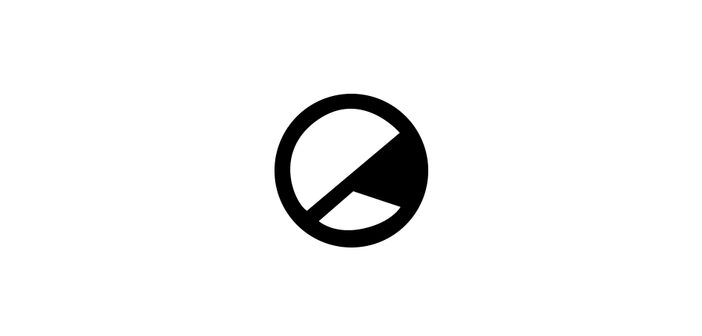In many ways, Disney’s latest animation Raya and the Last Dragon recalls the studio’s more experimental post-Renaissance of the early 2000s, which ditched their standard musical form in lieu of more bombastic action-adventures like Atlantis: The Lost Empire or smaller, personal projects like Lilo & Stitch.
Despite this promising deviation on the outset, Raya plays a little too safely with the tropes and ideas it employs. Though competently directed by directors Carlos López Estrada (Blindspotting) and Don Hill (Big Hero 6), Raya experiences a gradual loss of consistency and identity throughout its runtime. It possesses spirit, and plenty of passion is clear throughout, but the undercooked narrative, tragically muddled messaging and problematic method of representation reduces the film’s fortifying potential. This is particularly vexing considering the film’s position as a mainstream and therefore popular depiction of South East Asian communities and cultures that, now more than ever, is important to positively give a voice to, and which it sadly does not reach.
From the onset Raya wastes no time to establish the fictional world of Kumandra, an imagining of a pre-colonial South East Asia in the shape of a dragon, setting forth the breakneck pacing. The opening effectively establishes the global action-adventure style going forward, all the while parading the filmmakers’ knowledge of Southeast Asian culture in every costume and line of dialogue. Action is one of Raya’s biggest focusses and the choreography is certainly impressive, mixing martial art styles such as Indonesia’s Pencak silat and the Phillipines’ Arnis together in an enthralling fashion, even if the mishmash of these contribute to the films all-too-common conflation of South East Asian cultures. This is aided especially by the return of James Newton Howard’s thunderous and magical score. What follows is considerably less engaging, taking heaps of time to set up its messages, numerous characters and especially the heavily queer-coded dynamic between Raya (Kelly Marie-Tran) and the princess from the opposing Fang tribe, Namaari (Gemma Chan). It’s a rough first act to be sure, layering up themes, characters and relationships a little too thickly at once, feeling unable to escape an odd sense of padding.
However, things do begin to ramp up considerably by jumping several years ahead. With Kumandra now an apocalyptic wasteland, evoking the likes of Nausicaa of the Valley of the Wind, an embittered Raya seeks out the legendary Sisu (Awkwafina) who’s said to be the last dragon who can restore the land from the all-consuming Druun. Awkwafina sadly feels miscast in the role, with Qui Nguyen and Adele Lim’s screenplay often retreating into the irritating trends of celebrity voice acting which began with Robin Williams’ unforgettable Genie in Aladdin. But unlike Disney’s 1992 classic, no balance is struck to make it work with the seriousness being broken for modern, anachronistic slang that never matches with the ancient time period. In fact, Raya feels far more forced with its comedy than any other Disney film in a while. Most of its jokes very rarely land, save for moments mostly off the back of the entertaining if underused side characters such as Izaac Wong’s charming Boun, a young boat restaurant owner.
Raya herself is somewhat refreshing as a protagonist and a welcome addition to the princess line-up. Voiced wonderfully by Kelly Marie Tran, whose own personal struggles with racism and harassment cleverly compounds the subtext, Raya’s development continues very much in spirit of recent Disney heroines like Moana and Judy Hopps. The film normalises female characters and relationships at its core and as the studio’s first major South East Asian character, it’s a solid start that should be celebrated, even as the rest of the film trips itself up in every other area. That being said, representation does remain a huge problem for Disney. By trying to satisfy multiple communities, Raya and the Last Dragon becomes monolithic in its representation, borrowing far too broadly from various areas of South East Asia to the point that its diverse cultures become one and the same.
To make things worse, Raya undermines itself further right at the end. The film extols the virtues of trusting one another to improve the world, bashing the audience repeatedly with this moral message. Disney have never exactly been bastions of subtlety when it comes to themes, yet this is one of the most egregious examples in recent memory of the filmmakers and Disney as a whole sorely lacking trust in audiences; ironic considering the emphasis on trust. The narrative also pulls a complete reverse on the audience, essentially proposing both sides of the conflict are somehow equally wrong. As optimistic and helpful the message may seem on the surface, it becomes a grossly misplaced one in context that completely ignores Namaari’s destructive and distrustful actions from the very beginning. The empathy created for Namaari is made out to be the same as having approval of her immoral actions, abandoning any nuance to settle for what is an extremely dangerous way of thinking. The consequences of this conflict is not simply an easily resolvable difference of opinion: it is literally of life and death.
The moral of trust is therefore the film’s biggest and most alarming failing. In a political and social climate as dangerously divided by two clearly defined opposites as this, the very idea of compromise is no longer a luxury we are able to afford. In its preaching for unity, Raya and the Last Dragon mistakenly pushes forward a position that serves only to perpetuate the unconscionable and the self-interested through its neutrality.




